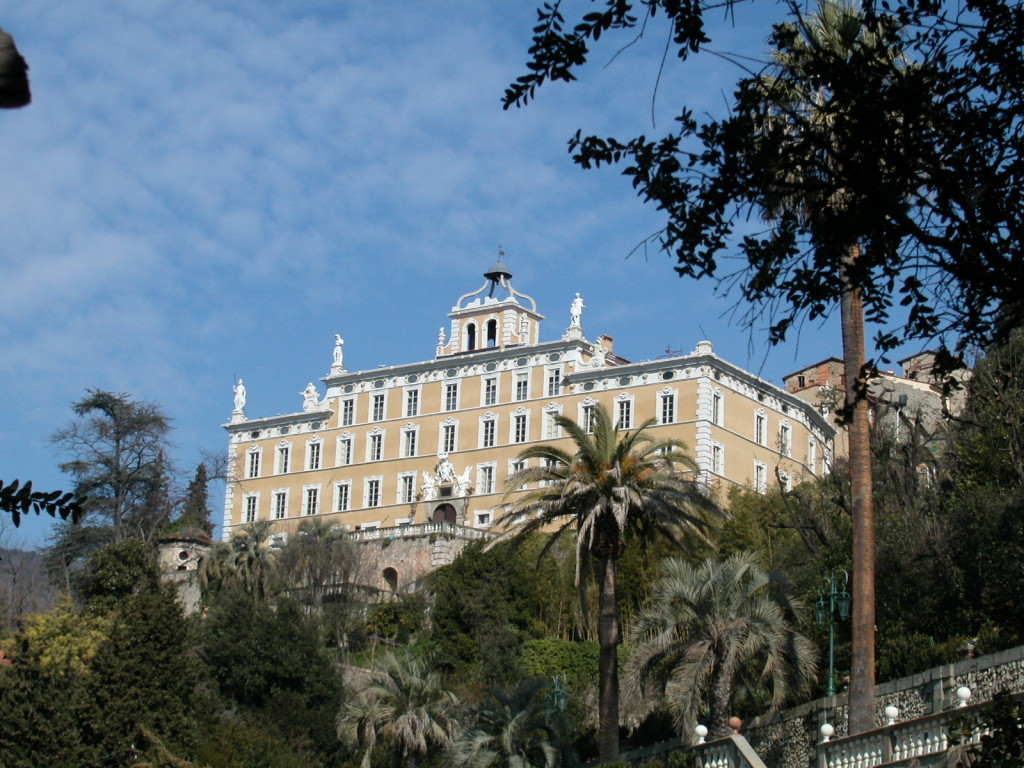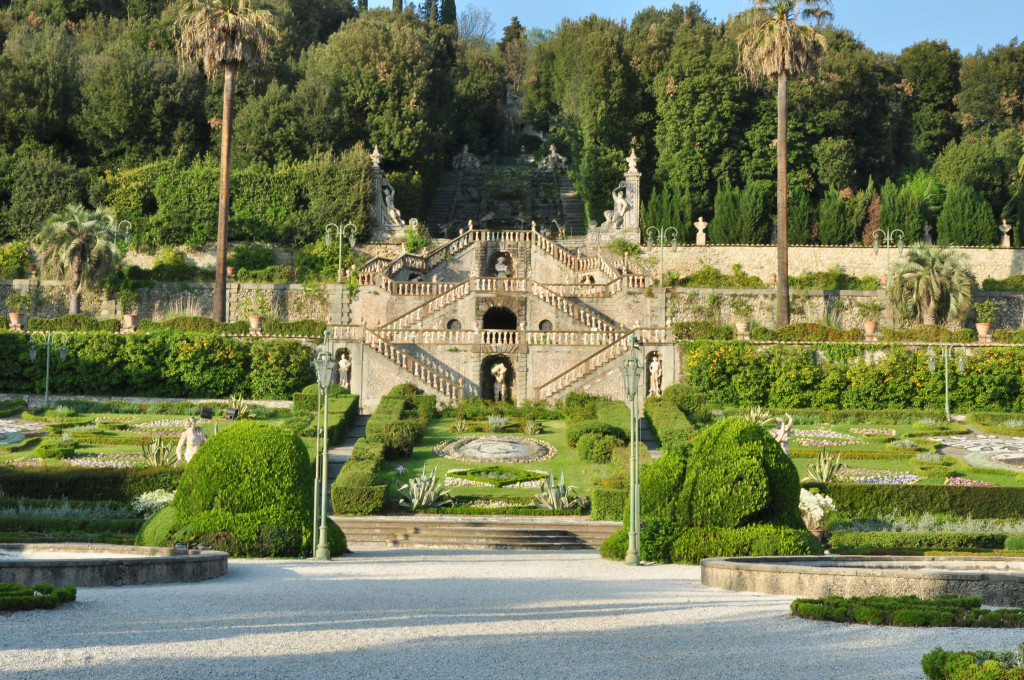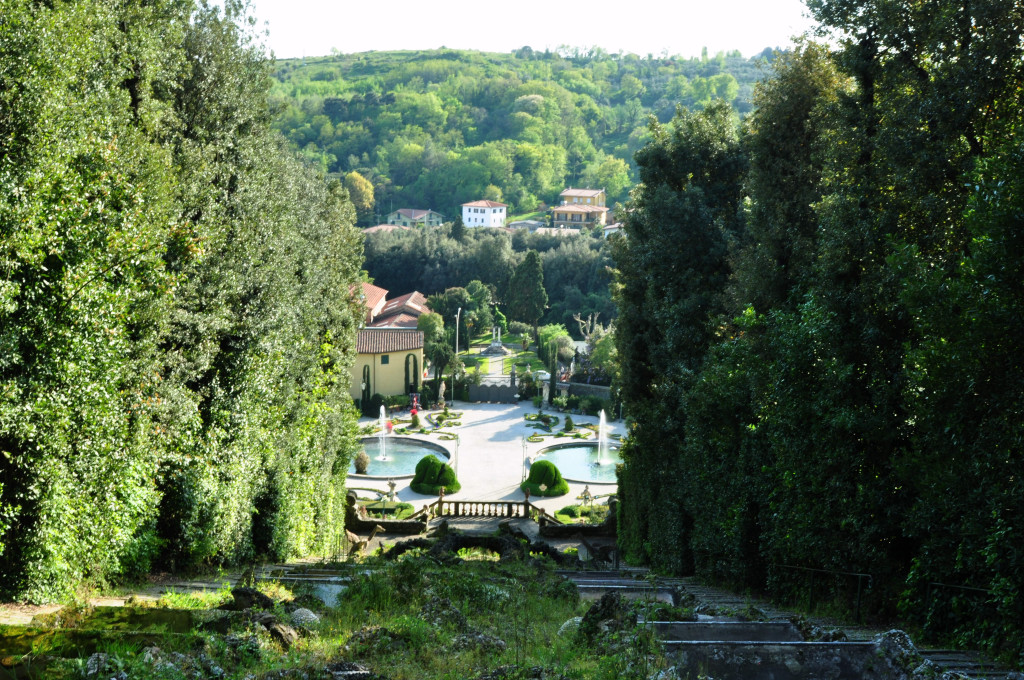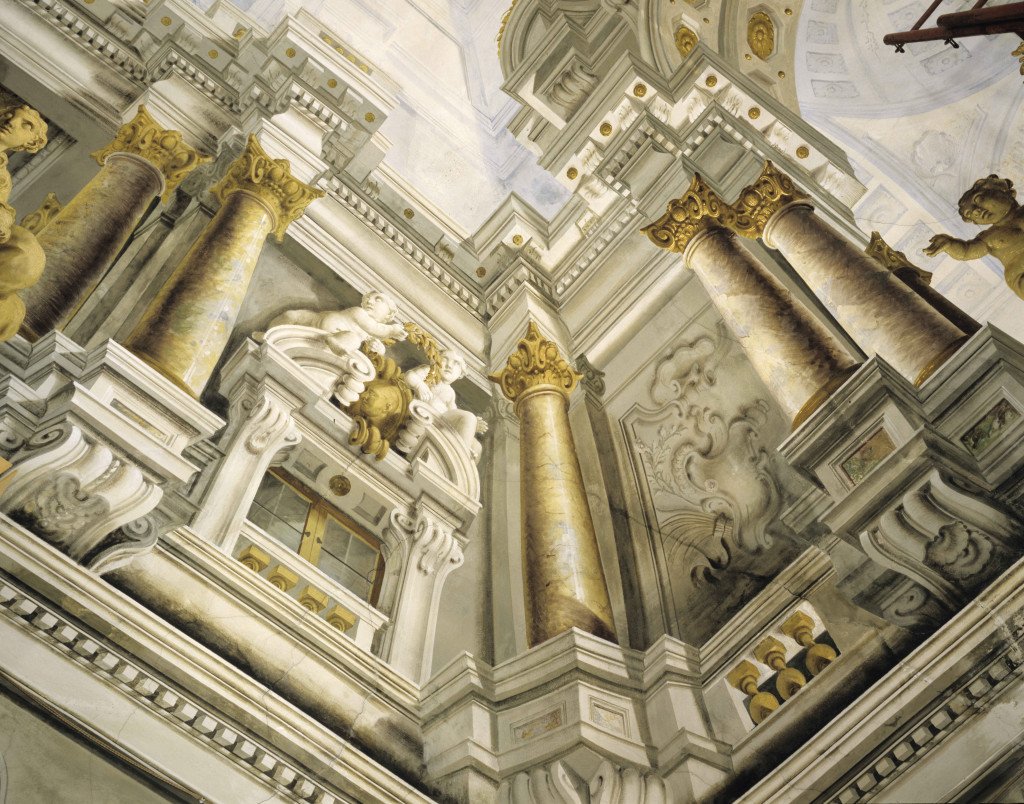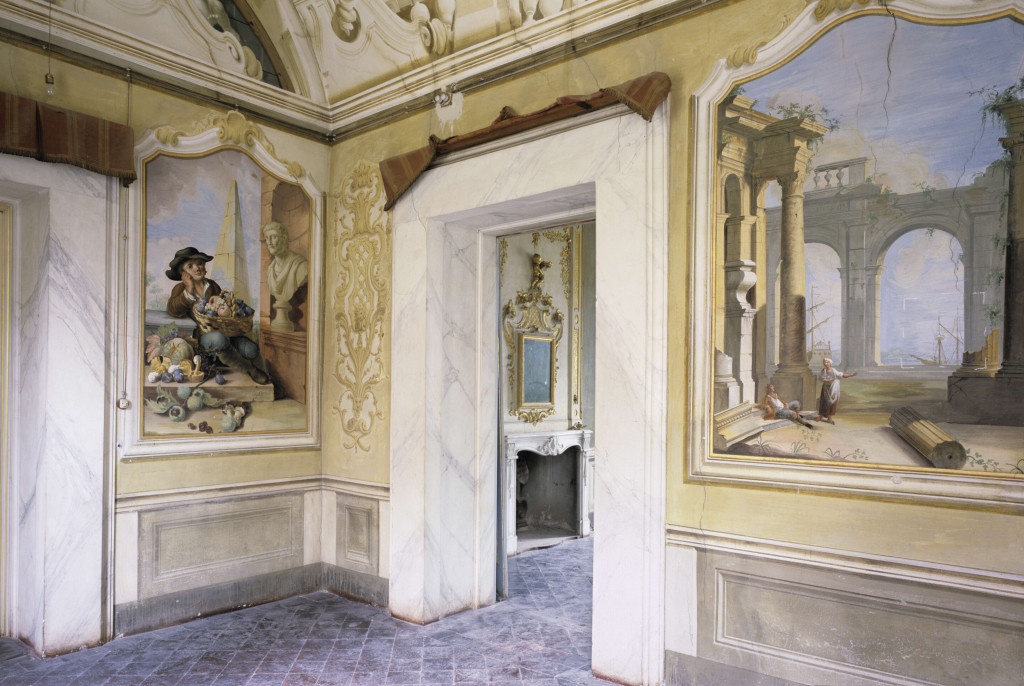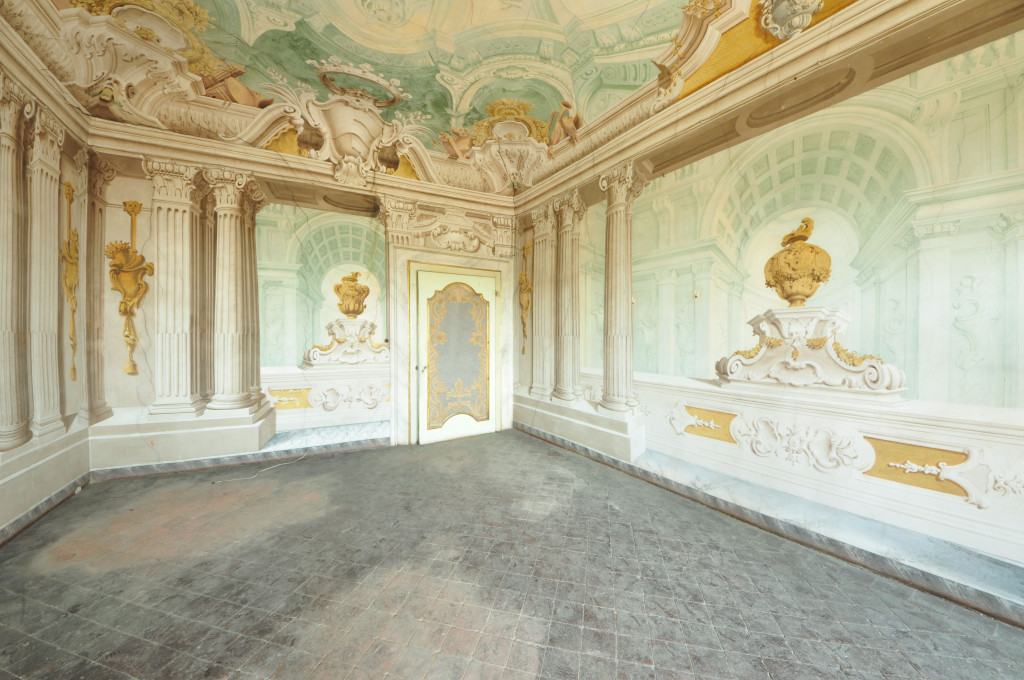|
The garden of the villa is among the most spectacular and scenographic examples of the Italian baroque |
|
Italy (Tuscany) – Here Carlo Collodi spent his childhood, fantasy from which Pinocchio was born: the world’s most famous marionette. It is about villa Garzoni in Collodi (PT), well known as “Pinocchio’s villa” or of the “hundred windows” which with its fabulous and charming beauty will remain as one of the most precious memories in the writer’s lifetime. Built in 1600 consolidated on a great medieval force, the villa in lucchese style with an impressive façade consists of 5 levels for a total of 3,032 meters squared of interior, from which 40 bedrooms are obtained. (http://www.lionard.com/tuscany-villa-for-sale-near-pistoia.html). In the interior, the main rooms are decorated with plaster and fresco, among those some of remarkabl e importance due to the artist Angelo Michele Colonna (finished in 1652). There is a posterior gallery, which is accessed through a big stair, in which are visible other fresco decorations with seen perspectives of ruins, dead nature and shepherd’s figures. The Italian villa, partially restored, is located in an elevated position compared to the landscape surround it, while two stair sections and big steps connect it to the monumental garden put on the side. It is about one the most spectacular and scenographic Italian baroque gardens that can compete not only with the biggest parks of Italy (Villa D’Este, Boboli, Reggia di Caserta) but also with those Europeans such as Versailles, Fontainbleau and the great Schonbrunn of Vienna. The garden was created around 1650 by the lucchese architect Diodati for the Roman marquees Garzoni and completed in a range of 170 years and more generati ons. In the margins of the historic garden, open to the public, was created in 2007 the Butterfly House, where hundreds of tropical and equatorial butterflies live. Form part of the property, besides the villa and the historic garden, the charming Palazzina d’Estate, projected by Filippo Juvarra, a farm, dependence and little pavilions called Bagnetti, put at the top of the garden: here the Garzoni nobles along with their guests entertained themselves with marble tubs filled with water, pleased with orchestral music hidden within the vegetation. Villa Garzoni is for sale: “The price is around 19 million Euros”, explains the real estate company that negotiates is, Lionard Luxury Real Estate (http://www.lionard.com/), Italy’s leader in the luxury industry. The added value to this exceptional real estate complex is the fable of Pinocchio that attracts thousands of people from all over the world to Collodi each year: the visit to villa Garzoni along with the park of Pinocchio makes up the itinerary dedicated to the famous wooden marionette. “That is why we aim to find a foreign society, as we also did with other real estate holdings we have sold”, announces Lionard, “that understands the potential and invests in improving and increasing the touristic demand linked to the fable of Pinocchio”. In Collodi, in effect, would spend his childhood, among his maternal family native of the Tuscan village, Carlo Lorenzini (known by its pseudonym Carlo Collodi) to whom is owed the famous fable Le Avventure di Pinocchio. His mother, Angiolina Orzali, the oldest daughter of Conti Garzoni’s farmer would work around the noble family. With the village of Collodi, the writer would keep an intense bond for life. In 1956 in his honour was created the park of Pinocchio with operas of Pietro Consagra, Emilio Greco, Giovanni Michelucci, Pietro Porcinai, Venturino Venturi and Marco Zanuso. The garden of villa Garzoni is presented with an imposing theatrical scene, in which its water is the main character, symbol of nature’s variability, which continuously flows through waterfalls and fountains. It is the theatre of water that rules the scene in the garden. Two majestic bleachers with banisters and recesses conduct to three terraces from above and to the scala from which the water falls down in the direction of the two big tanks. At the tip, between the dark green of the cypresses and the blue of the Tuscan sky, the bit statue of Farma, which stands out from everything, and horn of plenty from which comes out a big spray of water. In the first terrace it is placed the grotta di Nettuno and the two palm avenues. Going up the stairs, there are found two avenues: one conducts to the statue of Pomona, the divine protector of the garden, and the other to the Teatrino di verzura. Even higher, besides the bamboo thicket, it is found the Labirinto garden. Lionard Exclusive Real Estate, founded in 2008 by a young entrepreneur of Florentine origin, Dimitri Corti, in few years became the first real estate company in Italy to focus in luxury properties. Currently, Lionard has in portfolio more than 1000 real estate properties with a medium target that fluctuates between 5 and 10 million Euros. * all photos courtesy Lionard |

